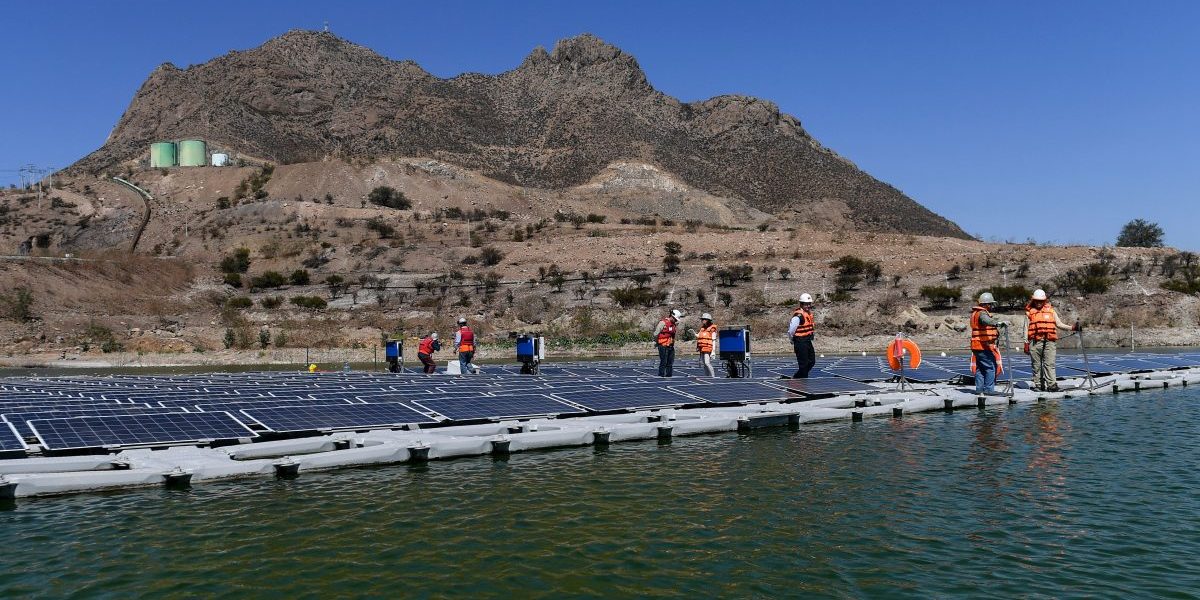Summary:
- As input energy requirements in the mining sector increase to deal with decreasing ore grades, while commodity prices are trending downwards, energy innovation will be unavoidable.
- Renewable energy has gone from being a niche power source for small, remote mine sites to becoming one of the cheapest energy sources for large-scale mines, even when they are already grid connected. It is now a viable way of diversifying energy supplies and reducing price volatility. Renewable energy costs less than either grid or diesel power over a 20-year period and should be promoted as part of improving extraction efficiency in the minerals sector.
- Mining companies will be able to claim a leadership position in many countries as they transition to new energy sources.
- Tertiary educational institutions should develop renewable energy-focussed courses to provide the number of skilled technicians and engineers required to support the expansion of the renewable energy sector.
- Renewable energy systems for community and/or utility use should be considered as part of post-mining planning – these systems represent a way of generating sustainable benefits for communities from degraded land.







